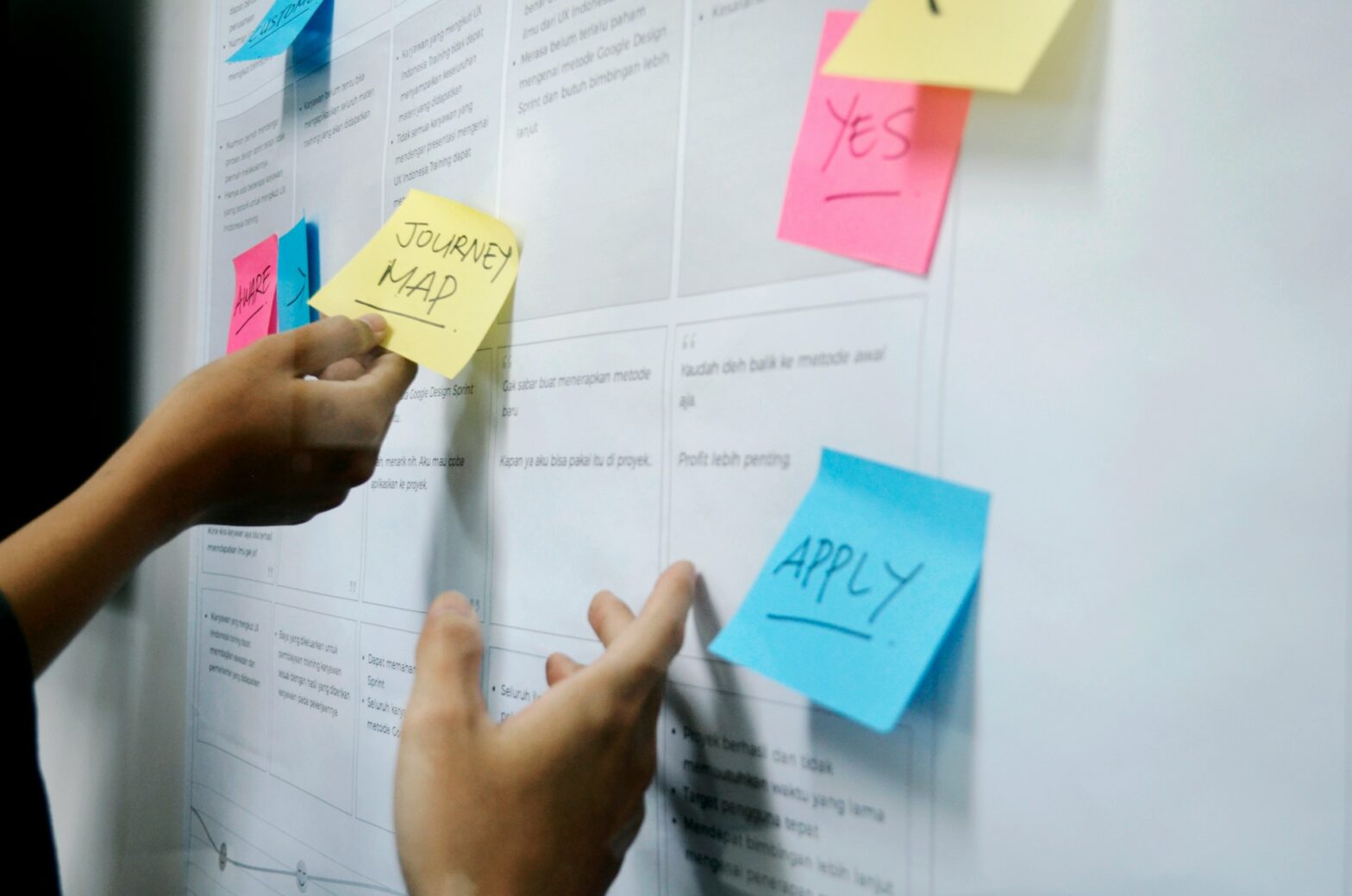Understanding User-Centered Design:
User-Centered Design is founded on the principle that designing products around the needs and desires of users leads to better outcomes. Unlike traditional design approaches, which may prioritize aesthetics or technical considerations, UCD starts with a deep understanding of who the users are, what they need, and how they interact with the product.
Key Principles of User-Centered Design:
User-Centered Design is guided by several key principles that shape its approach to product development:
- Empathy: UCD begins with empathy for the user. By putting themselves in the shoes of the user, designers can gain insights into their motivations, frustrations, and goals, informing the design process and ensuring that the product addresses real user needs.
- Iterative Design: UCD is inherently iterative, with designers creating prototypes and gathering feedback from users early and often. This iterative approach allows teams to refine and improve the product based on user input, reducing the risk of costly mistakes later in the development process.
- User Involvement: UCD advocates for involving users directly in the design process, whether through interviews, surveys, usability testing, or co-creation workshops. By involving users early and often, teams can ensure that the product reflects their needs and preferences, leading to higher levels of user satisfaction.
- Focus on Usability: Usability is a central tenet of UCD, with designers striving to create products that are easy to use, intuitive, and efficient. Through techniques such as user testing and heuristic evaluation, teams can identify and address usability issues before they impact the user experience.
Practices of User-Centered Design:
User-Centered Design encompasses a variety of practices and methodologies, including:
- User Research: User research involves gathering insights into user behaviours, needs, and preferences through methods such as interviews, surveys, and observation.
- Persona Development: Personas are fictional representations of the target users, based on real data and insights. They help designers empathize with users and make informed design decisions.
- Prototyping: Prototyping involves creating low-fidelity representations of the product, such as wireframes or mockups, to test and validate design ideas with users.
- Usability Testing: Usability testing involves observing users as they interact with the product prototype, identifying usability issues, and gathering feedback for improvement.
User-Centered Design offers a powerful framework for creating products that resonate with users and deliver meaningful value. By prioritising empathy, iteration, and user involvement, teams can create products that not only meet user needs but also delight and engage them. As organisations increasingly recognise the importance of user experience in driving success, User-Centered Design will continue to play a central role in shaping the products of tomorrow.
